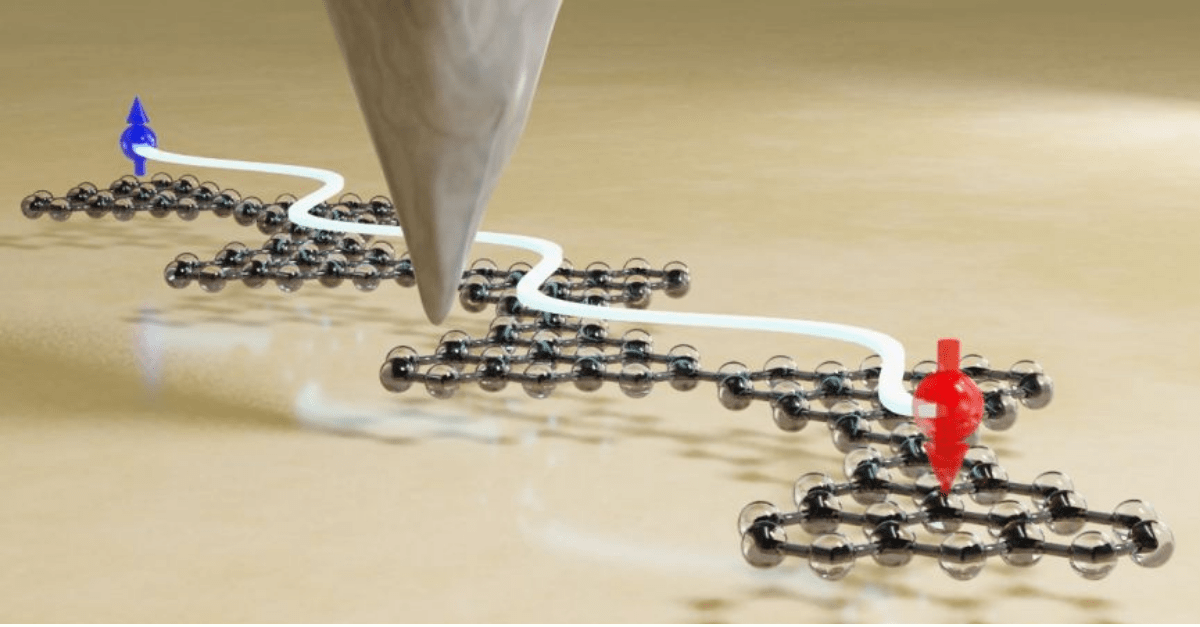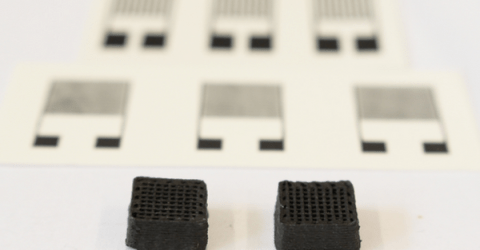The Swiss Federal Laboratories for Materials Science and Technology (Empa), based in Dübendorf in the canton of Zurich, has received a grant of 15 million Swiss francs from the Werner Siemens Foundation to support research into carbon nanomaterials over the next ten years. As Empa writes in a press release, the prospects for success for this visionary project are now greatly increased owing to the unusually long research horizon. The CarboQuant project will now aim to lay the foundations for new quantum materials and technologies that may even be able to operate at room temperature.

The partnership with the Werner Siemens Foundation will now enable the researchers to “move much further away from the safe shore of existing knowledge than would be possible in our ‘normal’ day-to-day research”, comments project coordinator Oliver Gröning in the press release, before adding: “We feel a little like Christopher Columbus and are now looking beyond the horizon for something completely new”.
This research is based on 12 years of preliminary work carried out by the team from the nanotech@surfaces Laboratory at Empa. In 2010, the team succeeded in synthetizing graphene strips, otherwise known as nanoribbons, for the first time. These promise faster, more powerful computer architectures than the semiconductor materials used today are able to deliver. In 2017, the researchers built the first transistor made from graphene nanoribbons in conjunction with colleagues based in the USA.
In so doing, the researchers were confronted with a massive surprise: they discovered an effect known as spin fractionalization that Nobel Prize winner in physics F.D.M. Haldane had predicted 40 years ago. The focus will now be on controlling these special spin effects in a targeted manner, which could well be a silver bullet for the development of entirely new kinds of quantum computers, Empa claims.
The next step alone, expanding the functionality of the scanning tunneling microscope to feature new measuring systems, will take between two and three years. In fact, these measuring systems will also play a key role in other research projects realized by the team. “We don't yet see the island that might be out there. But we can guess it, and if there is something out there, we are confident that we will find it”, Gröning concludes in the press release.
Related news
Contact us
Can we put you in touch with a peer company or research institute? Do you need any information regarding your strategic expansion to Switzerland's technology and business center?
info@greaterzuricharea.com


